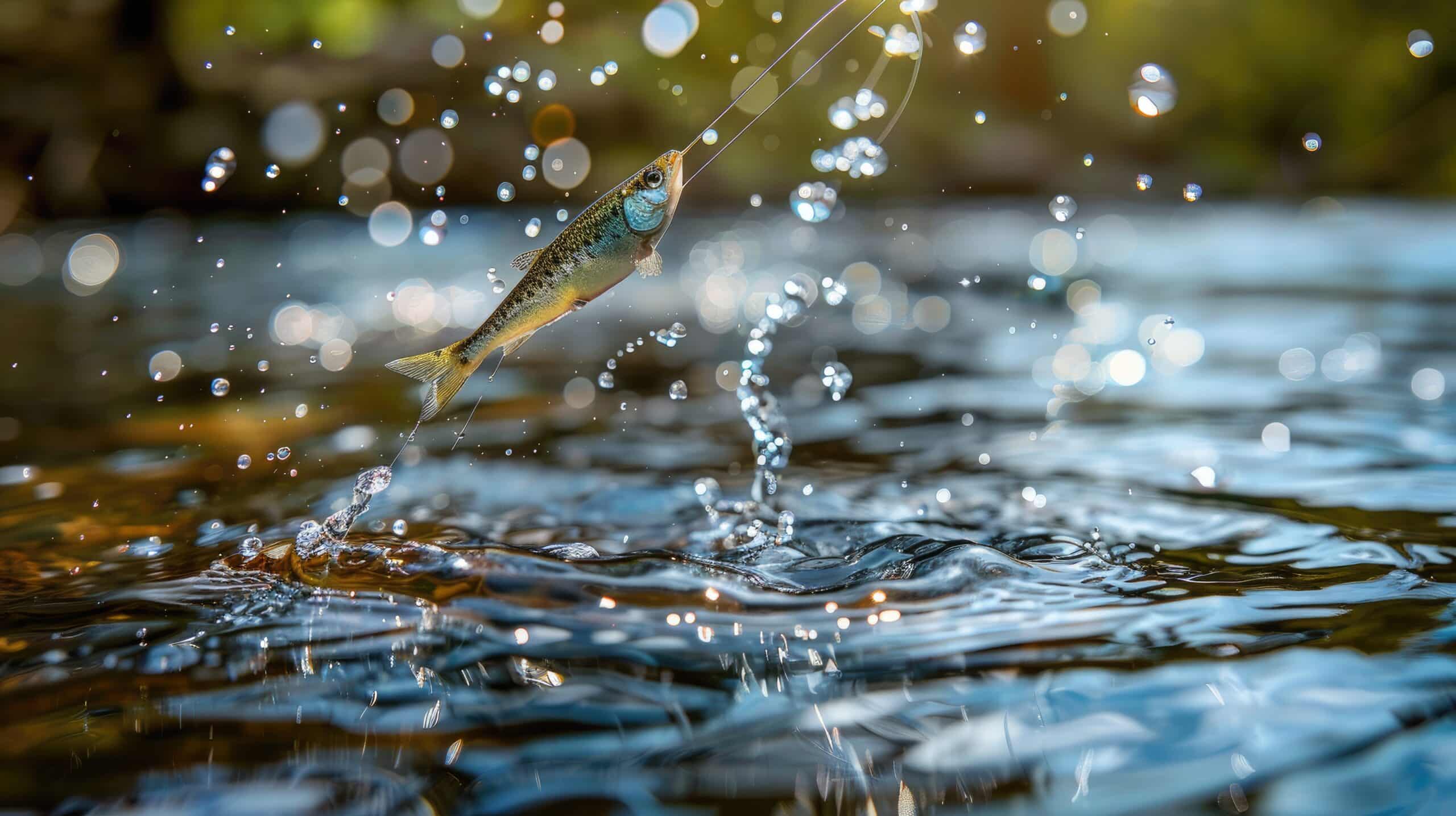What Bait Attracts the Most Fish?
Key Takeaways
- Live bait is highly effective in freshwater fishing, as it mimics the movement and scent of natural prey.
- Artificial baits can also be highly effective when live bait is not readily available, with soft plastics and hard lures being popular choices.
- The presentation of the bait and considering seasonal variations are important factors in attracting fish.
When it comes to fishing, one of the most important factors for success is choosing the right bait. But with so many options available, it can be overwhelming to determine which bait attracts the most fish. In this article, we will explore different types of bait and consider expert opinions to provide you with the information you need to make an informed decision.
Live Bait: An Effective Choice
According to experts, using live bait can be highly effective in freshwater fishing. Live bait has the advantage of mimicking the movement and scent of natural prey, making it irresistible to many fish species. Frogs, bluegill, worms, crickets, and minnows are popular choices for live bait.
Live bait offers versatility, as different species of fish have varying preferences. For example, bass tend to be attracted to frogs, while worms are a favorite among trout. By understanding the preferences of your target species, you can increase your chances of a successful catch.
Artificial Bait: A Viable Alternative
While live bait is often the go-to choice for many anglers, artificial baits can also be highly effective, especially when live bait is not readily available. Artificial baits come in various forms, including soft plastics, hard lures, and flies.
Soft plastics, such as the Gulp line by Pure Fishing, are designed to mimic live or injured prey. They maximize scent, flavor, texture, action, vibration, and cosmetic appeal. Scientific studies have shown that effective fish baits should appeal to a fish’s ability to sense scent, vibration, and visual acuity. The Gulp line of soft baits and scent baths is specifically designed to meet these criteria.
Hard lures, on the other hand, are typically made of plastic or metal and come in various shapes and colors. They can imitate small fish, insects, or even frogs. The key to success with artificial bait is to choose lures that closely resemble the natural prey of your target fish species.
Bait Presentation Techniques
Regardless of whether you choose live or artificial bait, how you present the bait is just as important as the bait itself. Different techniques can be used to present the bait in an enticing manner. Some popular techniques include the Carolina rig, freeline, and bobber rig.
The Carolina rig involves attaching a weight to the line above the bait, allowing it to sink while maintaining a natural presentation. The freeline technique involves casting the bait without any additional weight, allowing it to swim freely. The bobber rig utilizes a float to suspend the bait at a desired depth, making it an effective technique for targeting fish near the surface.
Considering Seasonal Variations
It is important to consider seasonal variations when selecting bait. Different fish species exhibit different feeding patterns throughout the year. For example, during the warmer months, fish may be more active and willing to chase artificial lures. In colder months, on the other hand, live bait that moves slowly may be more enticing.
By adjusting your bait choices according to the season, you can increase your chances of attracting fish. It is also worth noting that certain types of bait, such as insects, may be more prevalent during specific seasons, making them a natural choice for bait during those times.
Proper Bait Storage and Handling
When using live bait, proper storage and handling are crucial for maintaining its health and effectiveness. Live bait should be kept in a cool and aerated environment to ensure its survival. It is also important to handle live bait with care, minimizing stress and potential injury.
Additionally, it is crucial to observe local regulations and restrictions regarding bait usage. Some areas may have specific rules on bait collection and transportation to prevent the spread of invasive species or diseases. By following these guidelines, you can contribute to the conservation of fish habitats and maintain the overall health of the ecosystem.
Related Websites:
FAQs:
Q: Why is using the right bait important in fishing?
Using the right bait is crucial in fishing as it helps attract fish. By selecting the appropriate bait, you increase your chances of a successful fishing trip and improve your overall catch.
Q: What factors should I consider when selecting bait for fishing?
When selecting bait for fishing, it is important to consider factors such as the specific fish species you are targeting, the water conditions (such as temperature and clarity), and the time of year. These factors can greatly influence the effectiveness of your bait.
Q: What are some popular natural baits for lake fishing?
Some popular natural bait options for lake fishing include nightcrawlers, minnows, crickets, and leeches. These baits have proven to be effective in attracting fish and are commonly used by anglers.
Q: What are the advantages and drawbacks of using artificial baits for lake fishing?
Artificial baits, such as spinnerbaits, soft plastic lures, jigs, and crankbaits, offer advantages like durability, versatility, and the ability to mimic real prey. However, they may not always have the same scent or natural appeal as live bait. It’s important to experiment and see what works best for your fishing style.
Q: How can I optimize bait attraction while fishing?
To optimize bait attraction, you can try techniques like using proper presentation and retrieval methods, varying bait colors and sizes, experimenting with bait scent or attractants, and paying attention to fish behavior and adjusting your tactics accordingly. These strategies can help increase your chances of attracting fish.






